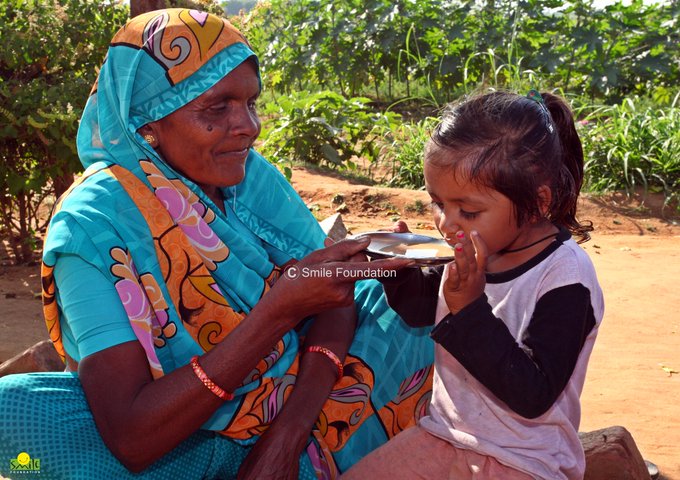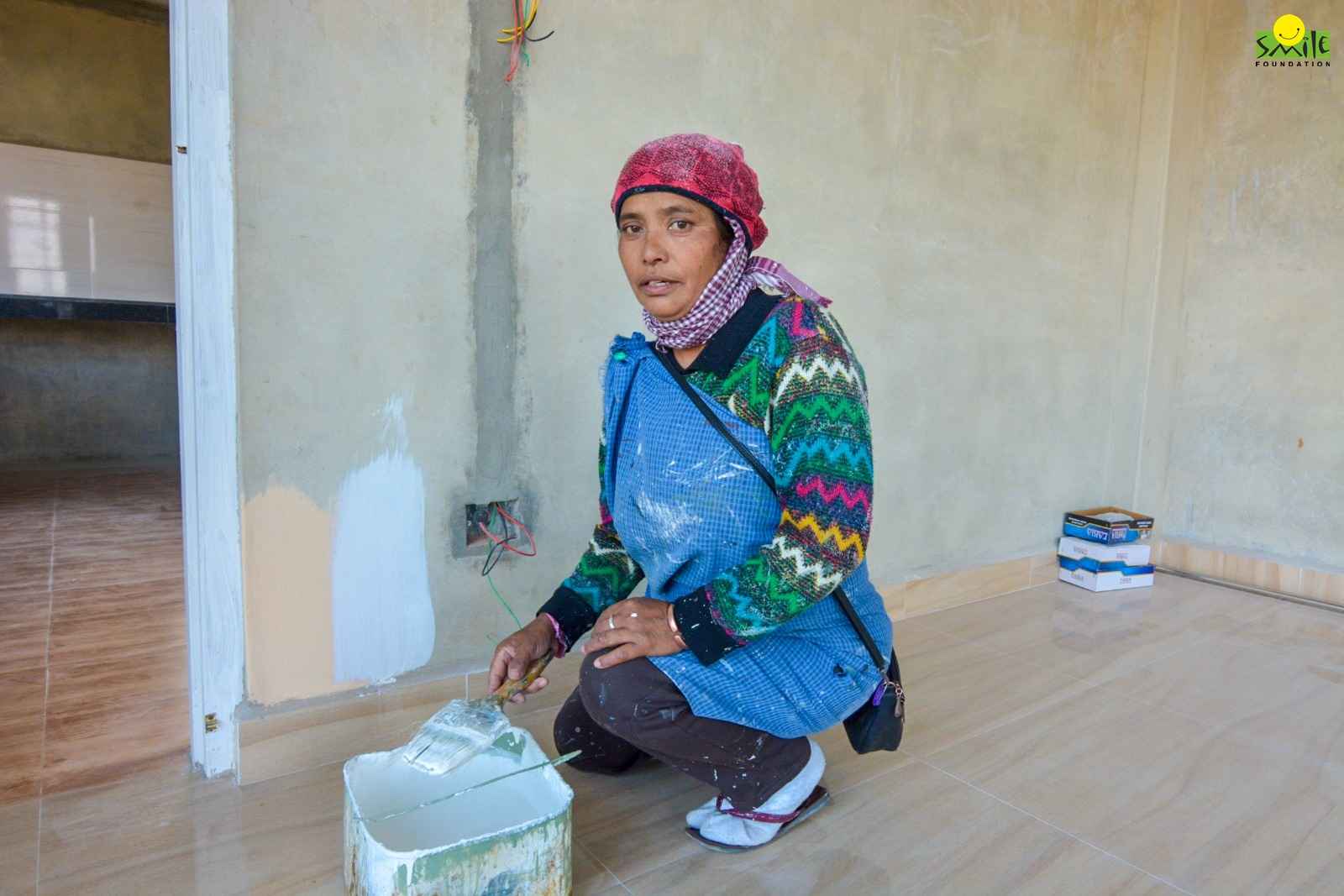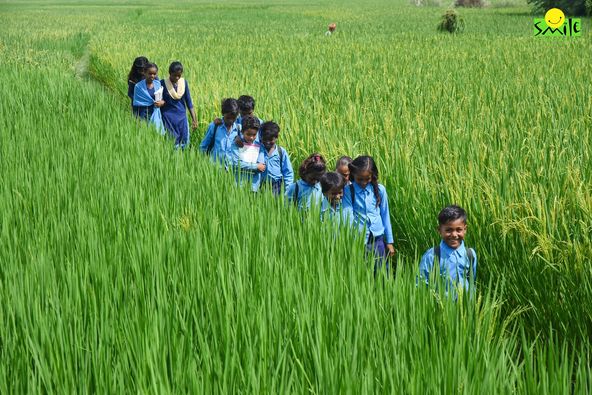“We are what we eat.” This age-old proverb is not only metaphorically true but also has a deep scientific relevance in the fact that food is the basis of our life. Healthy food nutrition gives us the essential macro and micro nutrients for our survival, sustenance and energy to do our daily activities.
Food largely affects our physical, mental and emotional health. It is not just a necessity, but one of the most gratifying pleasures of life. Hence, food is the centre of many cultures, traditions and festivities. However, as important as food is, the what, how much and when we eat it makes all the difference. Let’s dig deeper.
Healthy Food Nutrition
Our body is a machine which runs on fuel called food. Just as the kind of fuel determines the functioning of any machine, quality of our health also depends on the type of food we consume. While any food might just fill us, there are specific foods that fuel us.
These foods are categorized into what is known as healthy food and provide us with the necessary nutrition. Thus, it is imperative that we choose our food wisely to meet the specific requirements of our body.
While the basic principles of definition of a healthy diet remain the same, the exact constituents of a balanced and healthy diet vary depending on individual characteristics like age, gender, occupation, lifestyle, amount of physical activity, geographical and climatic conditions and dietary customs.
Following are some key points to consider for obtaining healthful nutrition from food:
- Calorie consumption should be balanced with energy expenditure. Total fat consumed should not exceed 30% of total calorie intake. Saturated and trans-fat consumption should be minimized and fat consumption should shift towards unsaturated fats.
- Salt intake should be limited to 5 g per day (equivalent to less than 2g of sodium). This aids in preventing hypertension, cardiac disorders and stroke in adult population.
- Free sugars should be avoided and limited to less than 10% of the total calorie consumption to follow a healthy diet.
- Fruits, vegetables, nuts and whole grains constitute a healthy diet
- At least 400 g or 5 portions of fruits and vegetables excluding potatoes, sweet potatoes and other starchy roots should be consumed daily
Nutrition Diet Food
In simple terms, diet refers to the total food intake by an individual and nutrition is the process of using food for growth, repair and metabolism in the body. Our health is determined by both diet and nutrition. In fact there is a 2 way relationship between diet, nutrition and health; nutrient deficiency in our diet can affect our health status and vice versa.
It is not only important to eat nutritious food but also to eat them in the right proportions. Thus, dietary guidelines are developed to suggest and promote diets that can appropriately meet the nutrition requirements of populations and prevent diet-related diseases. The nutrients can be divided into two types based on the amount required by human body:
- Macronutrients: Proteins, carbohydrates and fats
- Micro-nutrients: Vitamins and Minerals
Traditional Nutrition
Food is an essential part of the culture of any country. According to an article in an international journal of public health, the dietary patterns of people have changed over time, influenced by many social, economic and environmental factors.
Across the world, there has been a shift from traditional to modern eating including emergence of new foods, change in eating behaviours and preferences. Unfortunately though, this change has not proved very healthy. This is because we have moved from a traditional diet which included more natural and unprocessed foods to a modern diet which is more of processed and packaged food.
Bringing home the discussion, India is a country of striking diversities and our food is no different. The wide variety of spices, grains and other ingredients that go into different Indian dishes make Indian food one of the most diverse and wholesome foods in the world. However, with growing industrialization, globalization and urbanization, the dietary practices and food habits of Indians have undergone a massive change.
The practice of making things from scratch has been replaced by store bought alternatives, semi or fully processed foods. The traditional ingredients have been replaced by more foreign brands and non-traditional ingredients like pasta and pizza sauces, sandwich spreads etc in the urban Indian kitchen.
The Magic and Wisdom of Traditional Foods
While traditional Indian food had immense health benefits which even served as medicine for the people in the past; the changes in the process of cooking and replacement of ingredients have weaned off those benefits over time. Today, Indian food has begun to be categorized as unhealthy as it is linked to high sugar and carbohydrates which could have adverse impact on health.
With increase in income and better living standards the average Indian is going all out to experiment with food and experience different cuisines. While knowing and exploring is not bad, the paradigm shift in mindset towards exotic and fancy foods have carried us away from our roots.
As popular health coach Luke Coutinho puts it, there is magic and wisdom in traditional Indian food and Indians should be proud of it. Indian traditional foods when cooked in the right way with right ingredients and eaten in correct proportions can be a healing diet.
According to Luke, a simple traditional Indian meal like ‘khichdi’ can be a super food when cooked with right combination of ingredients and eaten in the right portion size. Hence, it is high time we acknowledge the wisdom and intelligence inherent in our traditional food and integrate it into our lives.
POSHAN for a Healthier India
In order to bring the focus on nutritious food and combat malnutrition related disorders, the Govt. of India has launched a flagship nutrition mission called POSHAN Abhiyaan in 2017. Under this mission, Rashtriya Poshan Maah is observed every year in September to spread awareness and behavioural change regarding child and maternal care and feeding practices. It also facilitates other related health and sanitation interventions.
Reviving traditional food systems to strengthen nutrition is an important component of Poshan Maah. As part of Poshan Maah 2022, various ideas were discussed and reviewed to further the objective of ‘Suposhit Bharat’- India that is free from stunting, wasting and anemia. Some points emphasized were as follows:
- Importance of biofortified crops to reduce malnutrition by enhancing nutrient quality
- Nutrition gardens to increase dietary diversity and ensure food security
- Enriching mid-day meals and food at Anganwadi centres
- Promoting cultivation, distribution and consumption of naturally bio-fortified and climate smart crops like millets
- Shifting focus to nutrient security from food security and meeting quantity requirements by bringing in state-specific traditional foods
Conclusion
Though overall food consumption has improved and cases of malnutrition have declined in India, we still have a long way to go to improve the healthy food nutrition intake and build a healthy nation. The best way forward is to go back to our roots and embrace our traditional foods for they are the result of time-tested practices. It’s time we trust the age-old wisdom and make ‘Local, seasonal and traditional’, our mantra for eating right.
Smile Foundation
Smile Foundation is making efforts towards a healthy India. Learn more here!









